SUMMARY
This is AI generated summarization, which may have errors. For context, always refer to the full article.
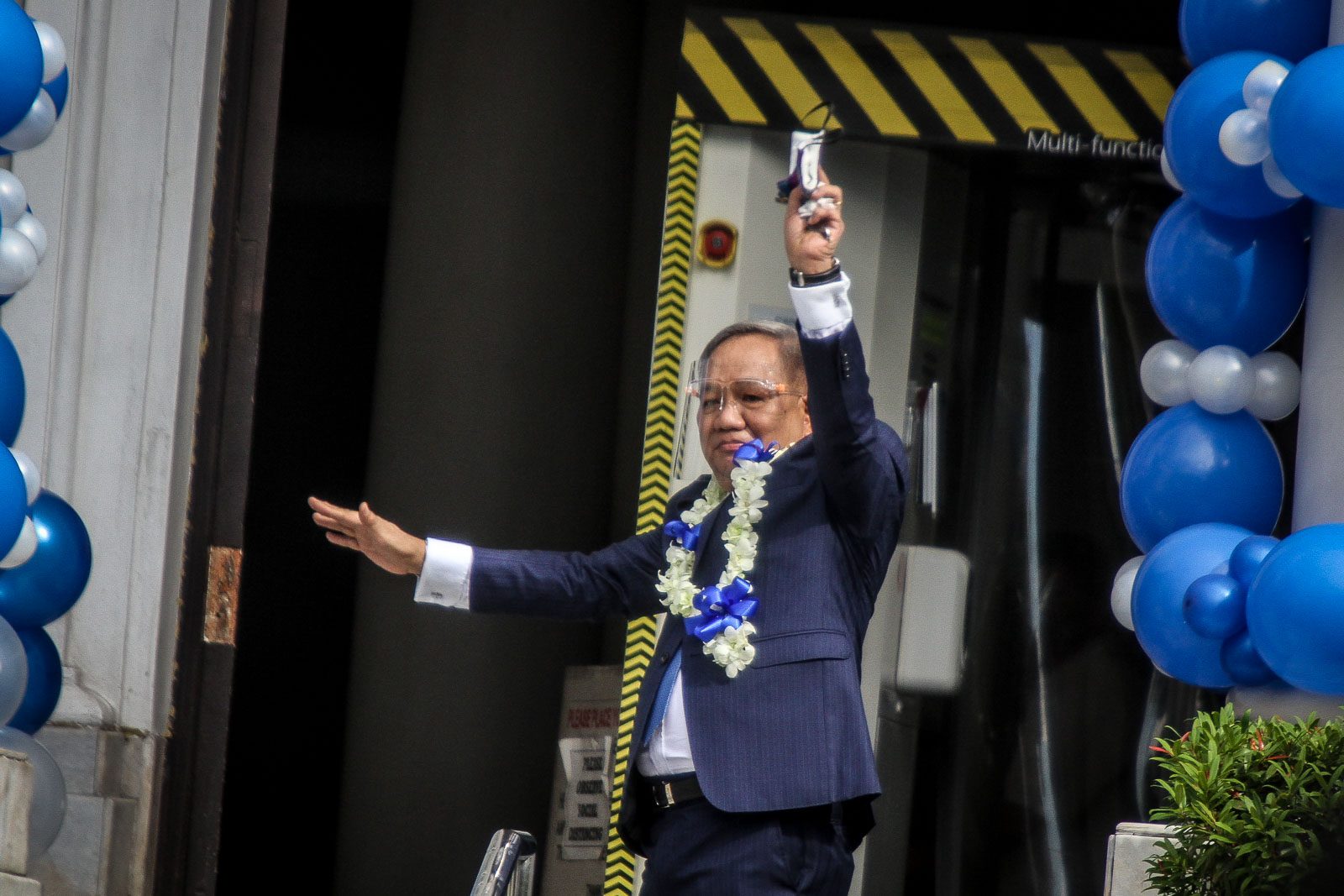
There were 8 justices who didn’t concur fully with the decision to dismiss the vice presidential electoral protest, but the separate opinions show only 3 of the 8 were somehow favorable to Ferdinand “Bongbong” Marcos Jr in that they saw another way to challenge Vice President Leni Robredo’s win.
The other 5 pitched a new formula, but in that formula, Marcos still lost.
Pointing this out is important because the Supreme Court’s distinction between the 7 full concurrences and the 8 result-only concurrences cast some doubt on Robredo’s win, even though it was a unanimous 15-0 decision to dismiss the protest.
Since February, spectators had been curious what those 8 result-only votes were. We explain them here.
Concur only with result
Concurring with the result means not necessarily agreeing with all the reasons for dismissing the protest. And these 8 nuanced concurrences came from newly-retired chief justice Diosdado Peralta, and the junior justices – Associate Justices Henri Jean Paul Inting, Rodil Zalameda, Mario Lopez, Edgardo delos Santos, Samuel Gaerlan, Ricardo Rosario, and Jhosep Lopez.
The unanimous decision penned by Associate Justice Marvic Leonen was concurred in full by 6 of his fellow senior justices – Chief Justice Alexander Gesmundo, Senior Associate Justice Estela Perlas-Bernabe, Associate Justices Benjamin Caguioa, Ramon Paul Hernando, Rosmari Carandang, and Amy Lazaro Javier.
The Peralta and Gaerlan opinions
It was Peralta and Gaerlan who believed that Marcos could have been given more ways to contest the win. Gaerlan’s separate opinion was adopted by Zalameda.
The 3 believed that annulment of elections should have been treated as a separate case.
Why is that important? Because Leonen’s ponencia refused to proceed to a full investigation of Marcos’ claims of widespread fraud in Lanao del Sur, Basilan, and Maguindanao – all in a bid to annul the elections there.
If the elections there were annulled, and all votes cast there voided, Robredo’s initial national margin of 263,473 votes would have been wiped out. (A different formula used by the Leonen ponencia showed, however, that Robredo would still have won by a small margin of 15,000 votes.)
Leonen’s ponencia did not go into such claims because Marcos already lost the recount of his chosen 3 pilot provinces – Camarines Sur, Iloilo, and Negros Oriental – where Robredo widened her lead even more by 15,1093 votes.
The ponencia based this on Presidential Electoral Tribunal (PET) Rule 65 which says that pilot provinces “numbering not more than 3” must show substantial recovery, otherwise the protest may be dismissed.
The ponencia said that Marcos could not pick a new set of 3 provinces for his annulment of elections bid.
The ponencia also said that if they were to allow a challenger to provide different sets of pilot provinces for every cause of action, “it would amount to a fishing expedition, where the parties will be emboldened to designate as many provinces or precincts as they can, in the hope that one of them will prove their allegation of fraud or irregularity.”
“This, we cannot condone,” said the ponencia.
Arguing the opposite, Peralta cited the often-used case of Harlin Abayon against Raul Daza for a congressional seat in 2013, where the Supreme Court said that for an election to be annulled, the threshold must be so high – illegal ballots must be more than 50%.
Peralta said that since the Supreme Court crafted new standards in that case, the Court “effectively recognized such cases as an election remedy totally separable from ordinary election protests.”
The ponencia, however, pointed out that PET rules list only two ways to challenge an election: an electoral protest, and quo warranto. Saying that, the ponencia ruled that all causes of action must be within one case only. With the ponencia applying Rule 65 that pilot provinces must not be more than 3, the annulment of elections bid failed.
Gaerlan, like Peralta, believed that annulment of elections is “a distinct remedy.” But what rules will govern it?
Gaerlan pointed to Rule 74 of PET which said that in electoral challenges, the general rules of court, past decisions of the Supreme Court, or past decisions of the tribunal may apply.
But both Peralta and Gaerlan acknowledged that there are currently no clear set of rules for an annulment of elections. Both encouraged the Court to create new ones.
“These are separate and distinct methods of investigation which require different rules; and are properly and optimally addressable through an exercise of this tribunal’s rule-making power under the Constitution and Rule 74 of the 2010 PET Rules,” said Gaerlan.
Leonen’s ponencia rejected it, saying that “changing the rules this late in the game to grant protestant’s third cause of action would not be a good precedent as it would tailor the Protest in favor of one party.”
Peralta said: “I wish to say that this Tribunal should be guided by the spirit of liberalism in handling election contests of whatever kind.”
In his separate opinion, Caguioa said that even if Marcos’ cause of action were to be accommodated, it would still fail as Marcos “utterly failed to even allege, much less submit proof, that the circumstances of the case warrant the drastic relief of nullifying the election results in Maguindanao, Lanao del Sur, and Basilan.”
The Lopez opinion
Mario Lopez’s separate opinion, which was adopted by Inting, Delos Santos, Rosario, and Jhosep Lopez, was not necessarily in favor of Marcos.
If Peralta and Gaerlan wanted annulment of elections to be a separate case with its own rules, Lopez wanted a new numerical standard to decide if they were to proceed to the annulment route.
The Leonen ponencia did not proceed to the annulment bid because the recount of 3 pilot provinces had already failed.
That’s under Rule 65, which says that if Marcos “will most probably fail to make out his case, the protest may forthwith be dismissed, without further consideration of the other provinces mentioned in the protest.” That’s the substantial recovery test.
Because Robredo widened her lead in the recount, the Leonen ponencia ruled there was no substantial recovery as basis to proceed.
Lopez said substantial recovery has to be based on a numerical value, and pitched a formula to determine what this recovery should be, which he called “reasonable recovery.” Applying his formula to Robredo’s lead, Lopez said reasonable recovery should be 35,726 votes.
But since Robredo got an additional 15, 093 votes, Lopez said “it is clear that reasonable recovery is not met.”
“The negative value (-15,093) suggests that the protestee’s lead increased. On this ground alone, the election protest may be dismissed under Rule 65 of the 2010 PET Rules,” said Lopez.
Lopez praised the Leonen ponencia as having “exhaustive discussions on every point raised in the election protest.”
“Indeed, the protestant failed to show that he will probably overcome the overall lead of the protestee in his second cause of action,” said Lopez.
The Leonen ponencia is discussed further in this story. Read the full decision and separate opinions here. – Rappler.com
Add a comment
How does this make you feel?
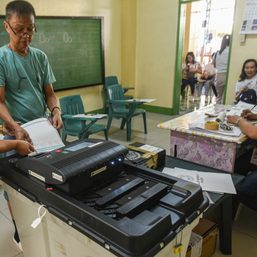

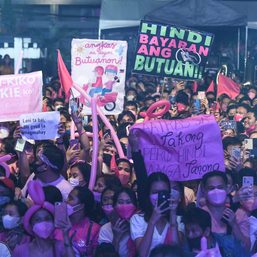
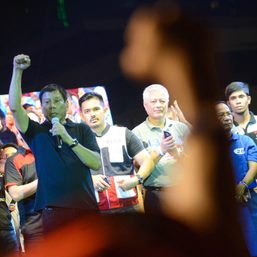
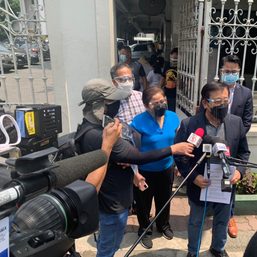
![[In This Economy] Marcos’ POGO ban is popular, but will it work?](https://www.rappler.com/tachyon/2024/07/thought-leaders-marcos-pogo-ban.jpg?resize=257%2C257&crop=255px%2C0px%2C720px%2C720px)
![[Rappler Investigates] POGOs no-go as Typhoon Carina exits](https://www.rappler.com/tachyon/2024/07/newsletter-graphics-carina-pogo.jpg?resize=257%2C257&crop=424px%2C0px%2C1080px%2C1080px)





![[Newspoint] A fighting presence](https://www.rappler.com/tachyon/2024/07/thought-leaders-a-fighting-presence.jpg?resize=257%2C257&crop=441px%2C0px%2C1080px%2C1080px)
![[Closer Look] ‘Join Marcos, avert Duterte’ and the danger of expediency](https://www.rappler.com/tachyon/2024/06/TL-trillanes-duterte-expediency-june-29-2024.jpg?resize=257%2C257&crop_strategy=attention)



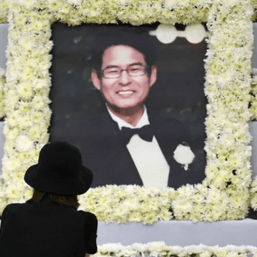
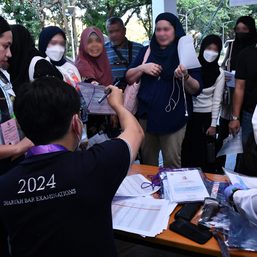

![[Free to Disagree] Boomers, let go please](https://www.rappler.com/tachyon/2024/07/tl-boomers-let-go.jpg?resize=257%2C257&crop=286px%2C0px%2C720px%2C720px)


![[ANALYSIS] The political divorce rocking the Philippines](https://www.rappler.com/tachyon/2024/07/TL-duterte-marcos-china-US-feud-july-4-2024.png?resize=257%2C257&crop=303px%2C0px%2C720px%2C720px)



There are no comments yet. Add your comment to start the conversation.